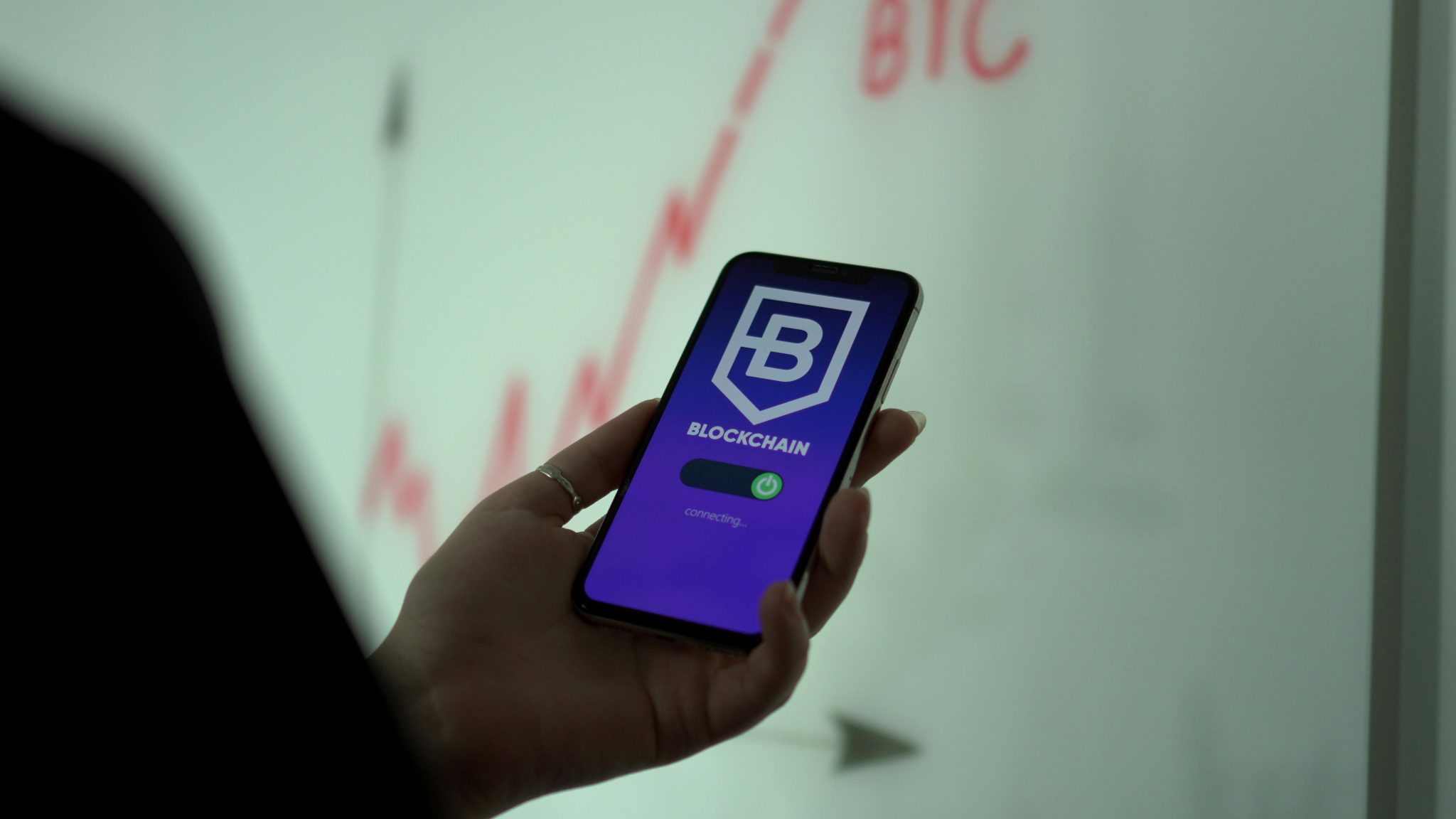
Introduction
The art world is experiencing a paradigm shift as tokenized platforms revolutionize the way art is bought, sold, and owned. For art collectors, understanding the transformation brought about by art tokenization is crucial. By leveraging blockchain technology, tokenized platforms offer a new way to invest in, trade, and authenticate art, reshaping traditional art markets. This comprehensive article explores how these platforms facilitate art tokenization, providing insights into their impact on the art industry.
Reshaping art markets with tokens
Tokenized platforms are fundamentally altering the art markets by introducing digital tokens that represent ownership of physical or digital artworks. These platforms use blockchain technology to create a transparent, immutable record of provenance and ownership, which addresses common issues such as counterfeiting and fraud. For art collectors, this means greater confidence in the authenticity and history of the pieces they invest in.
Moreover, tokenization democratizes access to the art market. Traditionally, art investment was reserved for the wealthy, but fractional ownership through tokens allows a broader audience to participate. Collectors can buy shares in high-value artworks, diversifying their portfolios and reducing the risks associated with traditional art investment. This fractional ownership model also enhances liquidity, enabling faster transactions and easier entry and exit from the market.
In addition to improved access and security, tokenized platforms offer innovative ways to monetize art collections. Smart contracts facilitate seamless transactions, automating processes like royalty payments and resale rights. This enables artists and collectors to benefit financially whenever a tokenized artwork is sold or exhibited, creating a sustainable ecosystem for art investment.
While the benefits of art tokenization are significant, the transformation also presents challenges. Regulatory frameworks are still evolving to keep pace with this technological advancement, and collectors must navigate legal complexities. However, as the industry matures, clearer guidelines and standards are expected to emerge, providing more stability and protection for investors.
Conclusion
In conclusion, tokenized platforms are reshaping the traditional art industry by offering innovative solutions to longstanding challenges. For art collectors, understanding how art tokenization works and its implications is essential. By embracing these platforms, collectors can enjoy enhanced security, broader market access, and new monetization opportunities. As the art world continues to evolve, staying informed and adaptable will be key to thriving in this digital age.






Tokenized platforms revolutionize asset management by offering liquidity, transparency, and accessibility. They democratize investments, allowing wider participation and reducing entry barriers. As digital assets grow, these platforms provide a solid foundation for future financial ecosystems, combining innovation with security, making them pivotal in transforming how we perceive value.
Tokenized platforms present a transformative future for tokenized assets, offering enhanced liquidity, transparency, and access. By bridging traditional finance with blockchain innovation, these platforms democratize asset ownership and streamline transactions, making them essential tools for modern investors seeking efficient and inclusive financial ecosystems.